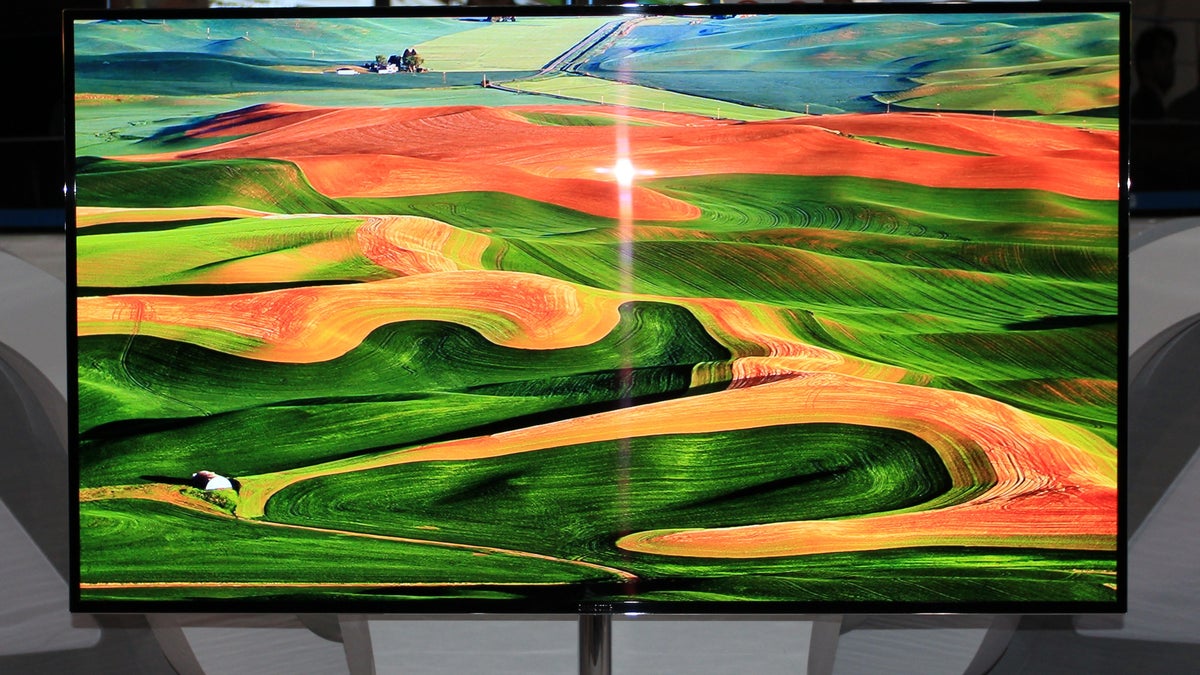Samsung announces its own 55-inch OLED TV
Like Korean rival LG, Samsung has announced that it will ship a 55-inch TV this year that uses OLED display technology.

LAS VEGAS--If Samsung and LG have their way, CES 2012 will be forever known as the show of the dueling 55-inch OLED TVs.
Just like cross-peninsula rival LG, Samsung says it, too, will ship a 55-inch OLED TV to the U.S. market this year. Samsung confirmed it would aim for sometime in the second half of 2012, while LG narrowed its release date down to the third quarter.
Neither company divulged pricing, but I expect both 55-inch OLED TVs to retail for at least $7,999.
Even basic details on Samsung's TV, such as a model number, are scarce at this point. Samsung told CNET that the "Super OLED" TV has a 0.3-inch depth, which is certainly slim enough (and about a third as thin as the skinniest LED TVs) but still nearly doubles that of the LG's 0.157-inch (4mm) depth. I asked about bezel width (LG says "1mm bezel") or whether it would also require a separate external box to house the connections, but the company didn't answer by press time.
We do know, however, that the actual panel technology is quite different between the two makers. LG's TV uses white OLEDs overlaid by red, green and blue filters--in addition to a fourth, filter-free white OLED sub-pixel--to create one pixel. Samsung's is a more traditional panel with actual red, green and blue sub-pixel OLEDs and no filters. Of course both companies claim superiority--LG says its design cuts costs and produces a brighter picture, for example--but at this stage we don't know which one will actually perform better.
I do know that OLED has the potential to outperform any current flat-panel display technology. The only other OLED TV to see U.S. store shelves was Sony's XEL-1, an 11-inch pipsqueak that nonetheless managed to produce "absolute" black levels when I reviewed it in 2008. At the time I said "The only display we've seen that comes close is Pioneer's Extreme Contrast Concept plasma," which delivered the deepest black levels I've seen to this day.
The Sony suffered from color accuracy issues but Samsung describes its 55-incher as a "masterpiece of accurate color reproduction and maximized performance" so hey, maybe the company licked it. If I get some face time with one, I'll be sure to see whether it suffers from the off-angle color issues LG says its 55-inch OLED design addresses.
The Samsung Super OLED TV will also offer the Smart Interaction and dual-core chipset of the company's other high-end TVs such as the UNES8000.

